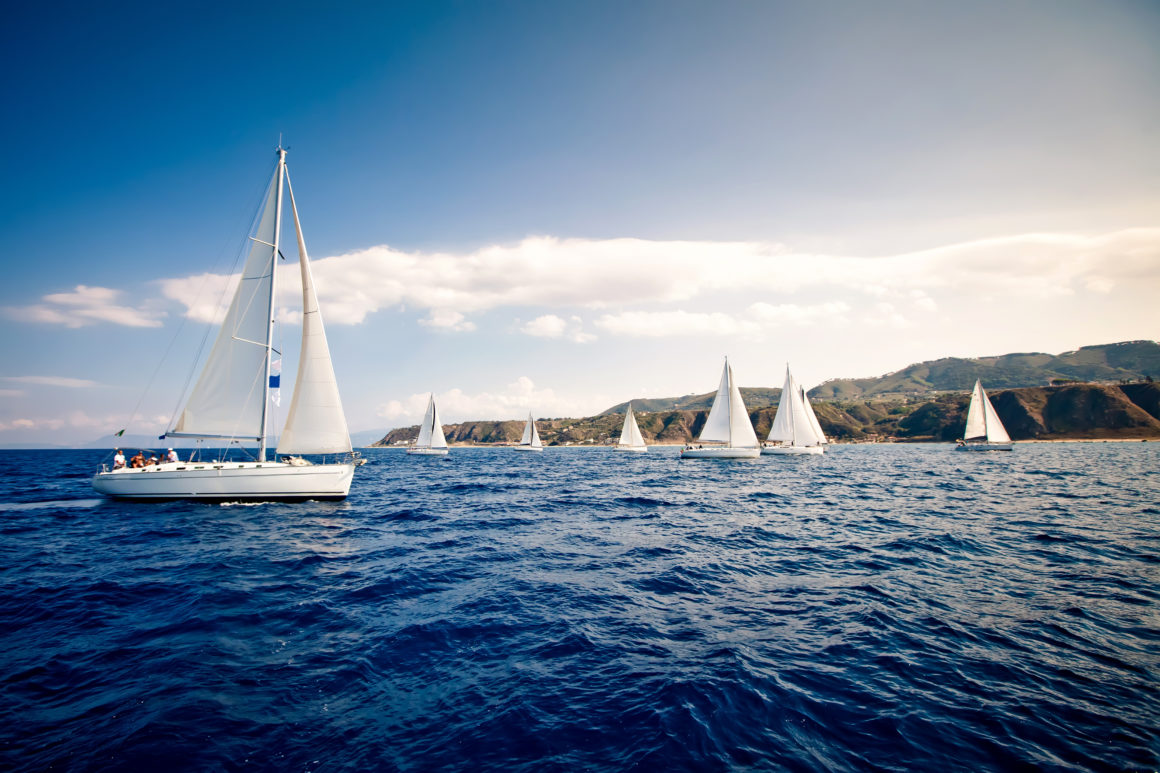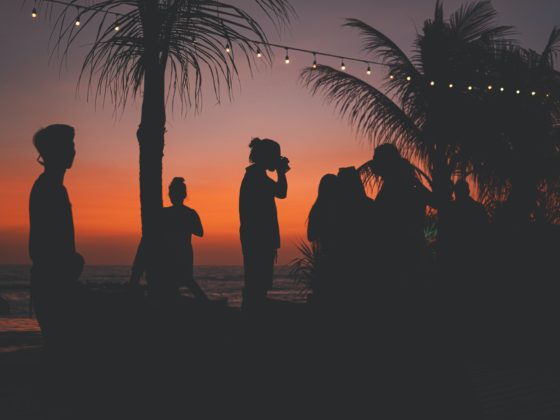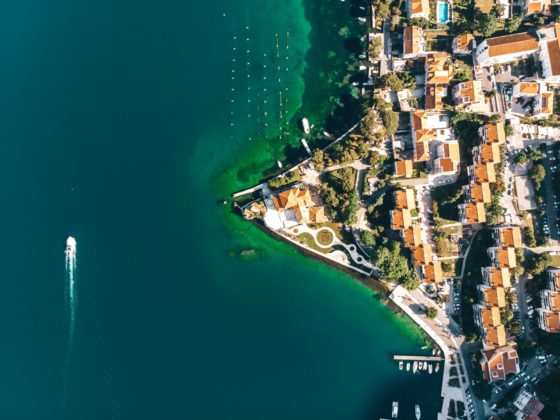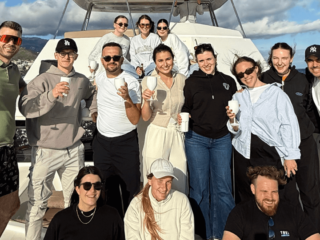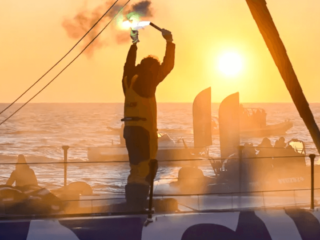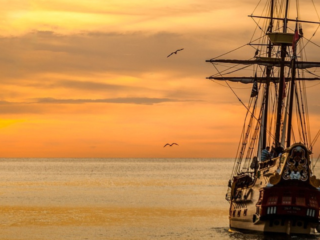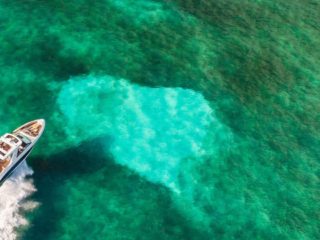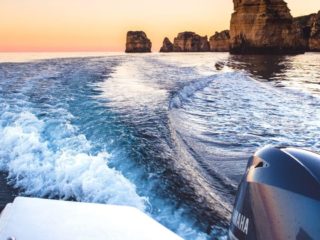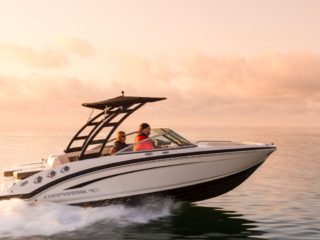Share the post "How to sail: a beginner’s guide to the basics"
From spending months exploring archipelagos to a week-long fishing trip, sailing can open up a world of possibilities. However, learning to navigate a large vessel in the water is not a natural-born skill. In fact, like many things in life, it takes practice and effort to learn how to sail. Nevertheless, it’s a skill worth learning. No matter your age, we all have to start somewhere. If learning to sail intimidates you, don’t be discouraged. Here at Click&Boat, we want to make sailing as accessible as possible. Therefore, we have created a short guide to the basics of sailing.
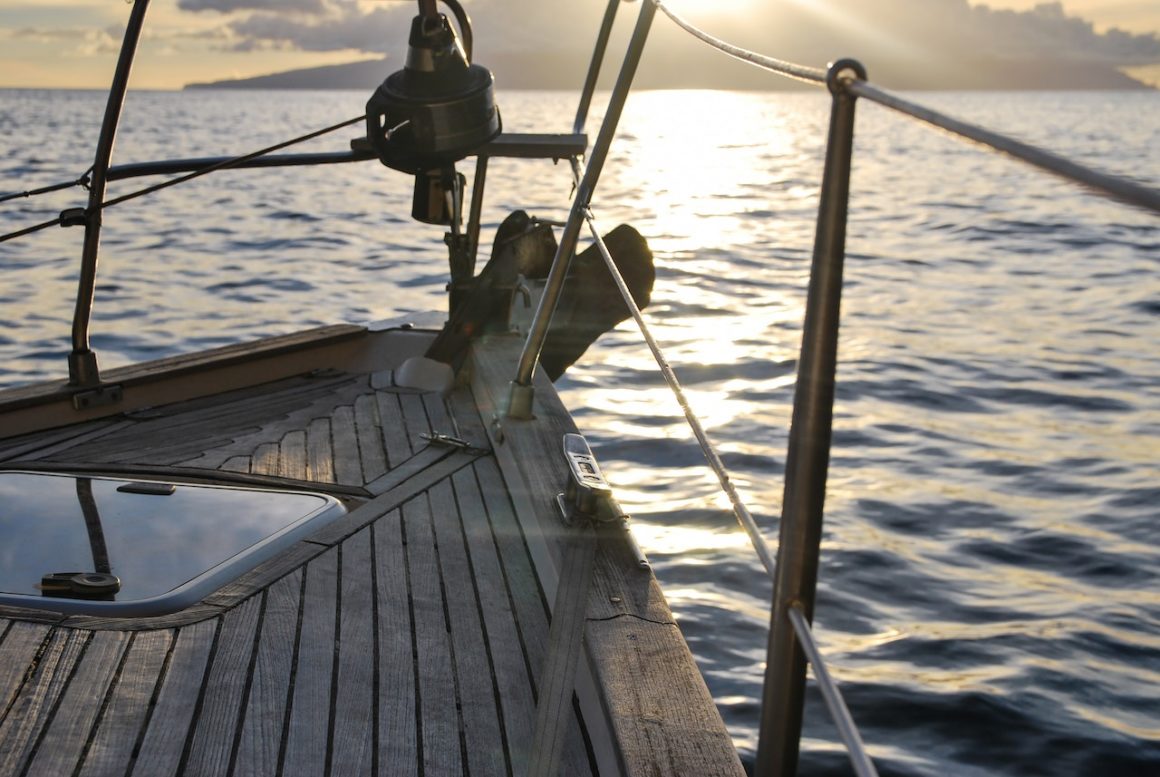
What are the parts of a boat?
There are many different parts of a boat, and the specific parts can vary depending on the type of boat. Here is a non-exhaustive list of some common parts of a boat:
- Hull: The hull is the main body of the boat, which sits in the water and provides buoyancy.
- Deck: The deck is the flat surface on the top of the boat, where people can walk around.
- Mast: The mast is a tall, vertical pole on the boat that supports the sails.
- Boom: This is a horizontal spar that extends from the mast, used to control the angle of the sails.
- Sails: Sails are large, thin sheets of fabric that are attached to the mast and boom. They are used to capture the wind and propel the boat through the water.
- Rudder: The rudder is a flat, vertical piece of wood or metal that is attached to the back of the boat and is used to steer the boat.
- Bow: The bow is typically seen as the “front” of the boat. It points towards the direction the sailboat is going in.
- Stern: The stern is the “back” of the boat, on the opposite end of the bow.
- Keel: The keel is a long, vertical fin that extends from the bottom of the hull. This provides stability and helps the boat to track straight when sailing.
- Anchor: An anchor is a heavy object attached to the boat by a chain. This keeps the boat in place by resting on the bottom of the body of water.
Is sailing easy to learn?
Sailing, just like any other activity, requires time and practice, but nothing is innately difficult about it. In fact, learning to sail can be a fun and rewarding experience. With the right instruction and practice, anyone can become a skilled sailor, it’s never too late!
If you’d like to learn the basics of sailing, there are many resources that can help you read about the art of sailing and background information on how to sail. Then, to practice navigating, we recommend finding local professional instructors and starting some classes! This will give you hands-on knowledge for sailing and learning what to do in difficult situations in the water.
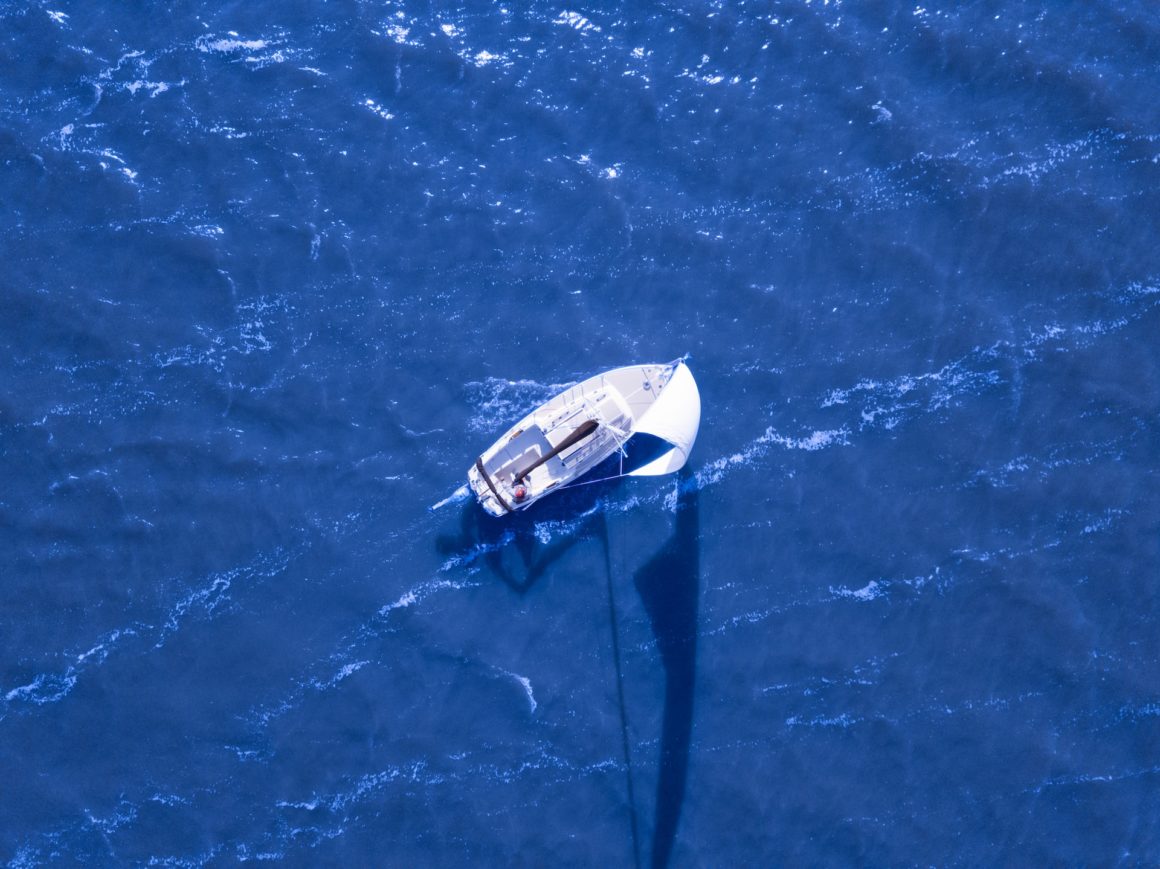
Can you sail if there is no wind?
The wind is what gives the sails momentum and propels the vessel forward, moving the boat. If there was nothing to push the sail, then they would become slack, and the boat would just drift along with the water currents. Very rarely will you find yourself in the open waters with absolutely no wind. However, there are still some ways to move through the water if you find yourself in this situation.
Sailboats equipped with engines such as cruising sailboats and coastal cruises can use the motor to move through the water. Alternatively, if you are renting a dingy sailboat depending on the size of the vessel, you can manually row the boat until your sails pick up wind. While this might be more tiresome, it can work to get you moving in the direction you desire. If all else fails, enjoy a break as you softly drift through the water until the wind picks up!
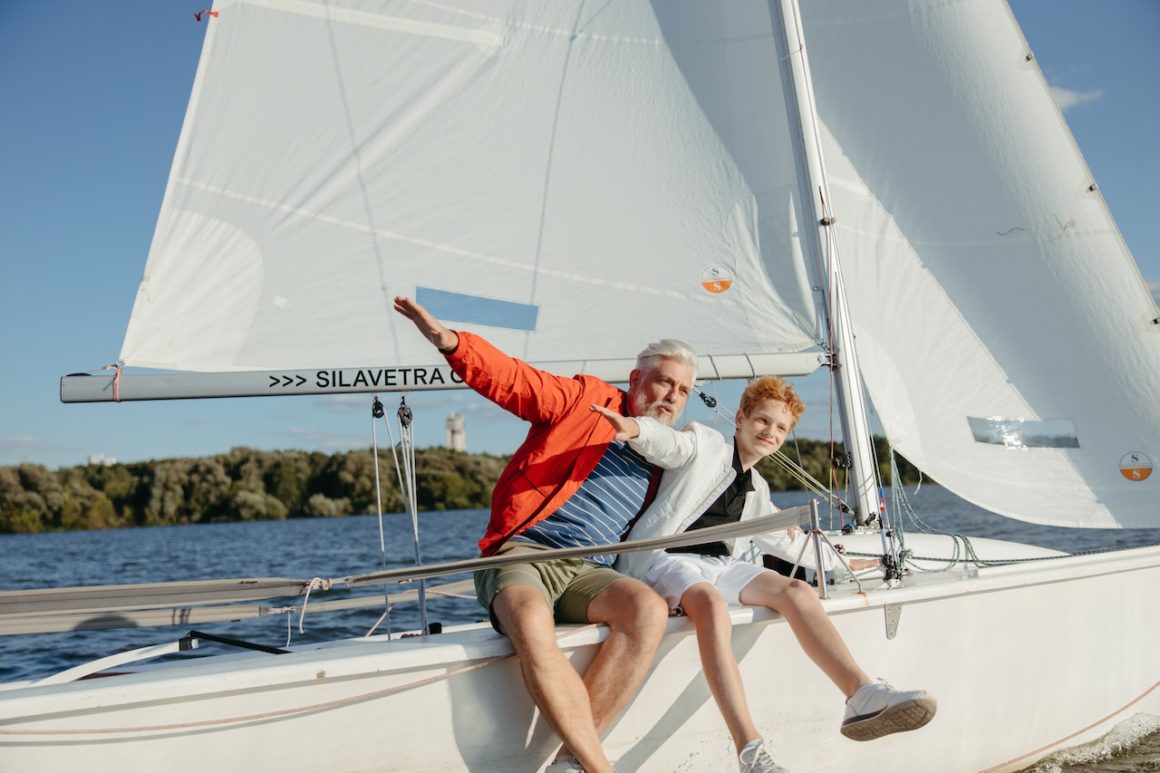
What are the points of sail?
The points of sail are the directions that a sailing vessel can navigate relative to the direction of the wind. It is important to understand these points of sail so you can determine the most efficient and safe way to sail a vessel in different climatic conditions. The eight points of sail are:
- Close-hauled: This is the point of sail when the vessel is sailing as close to the wind as possible, with the wind coming from directly ahead. This is the most efficient point of sail for beating to windward.
- Close-reach: Here, the vessel is sailing at an angle to the wind, but not as close to the wind as when close-hauled. The wind is coming from slightly ahead of the vessel.
- Beam reach: When the boat is sailing with the wind coming from the side, or at a right angle to the vessel. This is a comfortable point of sail, with the wind coming from the side and not causing the vessel to heel excessively.
- Broad reach: This is the point of sail when the vessel is sailing with the wind coming from behind, but at an angle that is not directly astern. The vessel is sailing downwind, but not directly.
- Running: When running, the vessel is sailing directly downwind, with the wind coming from directly astern.
- Dead downwind: This is the point of sail when the vessel is sailing directly downwind, but with the sails backed, or furled, to the side opposite the wind. This is a very stable point of sail, but not very efficient.
- Dead run: this point of sail is when the vessel sails directly downwind, but with the sails backed and the wind coming from directly astern.
- Wing on wing: This point of sail occurs when the vessel is sailing downwind with one sail on one side of the vessel and the other sail on the other side. This is a stable point of sail, but not very efficient.

